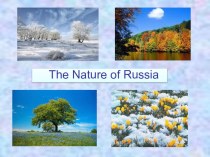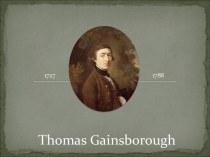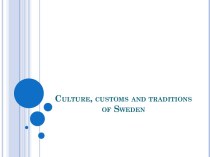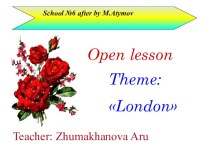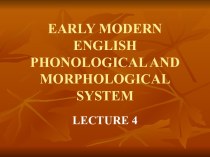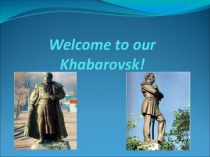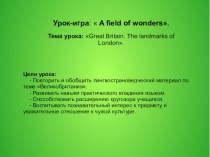- Главная
- Разное
- Бизнес и предпринимательство
- Образование
- Развлечения
- Государство
- Спорт
- Графика
- Культурология
- Еда и кулинария
- Лингвистика
- Религиоведение
- Черчение
- Физкультура
- ИЗО
- Психология
- Социология
- Английский язык
- Астрономия
- Алгебра
- Биология
- География
- Геометрия
- Детские презентации
- Информатика
- История
- Литература
- Маркетинг
- Математика
- Медицина
- Менеджмент
- Музыка
- МХК
- Немецкий язык
- ОБЖ
- Обществознание
- Окружающий мир
- Педагогика
- Русский язык
- Технология
- Физика
- Философия
- Химия
- Шаблоны, картинки для презентаций
- Экология
- Экономика
- Юриспруденция
Что такое findslide.org?
FindSlide.org - это сайт презентаций, докладов, шаблонов в формате PowerPoint.
Обратная связь
Email: Нажмите что бы посмотреть
Презентация на тему по английскому языку Ночь Бернса 10 класс
Содержание
- 2. Robert Burns Robert Burns is
- 3. Robert Burns was born
- 4. When his father
- 5. Success However, in
- 6. Works His reputation led
- 7. Famous Song “Should auld acquaintance
- 8. Family Life In 1788, Burns
- 9. Political Activity Burns was
- 10. Death He died one
- 11. During his lifetime, he
- 14. First of all,
- 15. Guests then stand as
- 16. Next, an invited reader
- 17. The evening always ends
- 18. Скачать презентацию
- 19. Похожие презентации
Robert Burns Robert Burns is a celebrated Scottish poet and songwriter. He is widely considered the national poet of Scotland and was an important influence on the early Romantic movement.
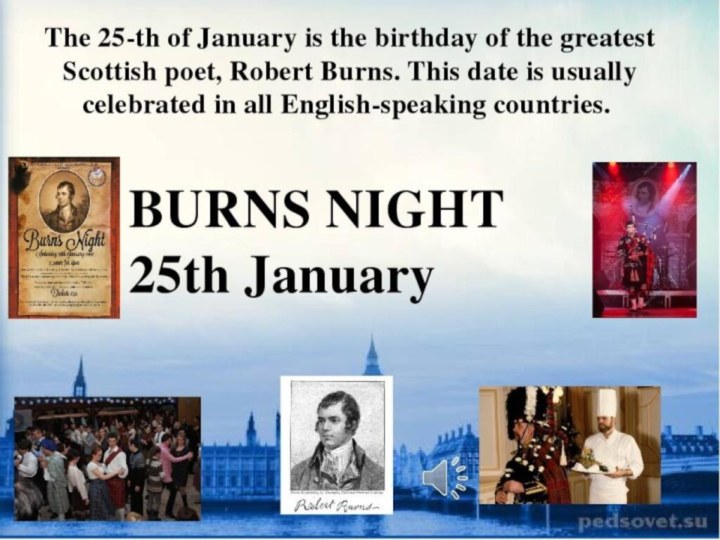
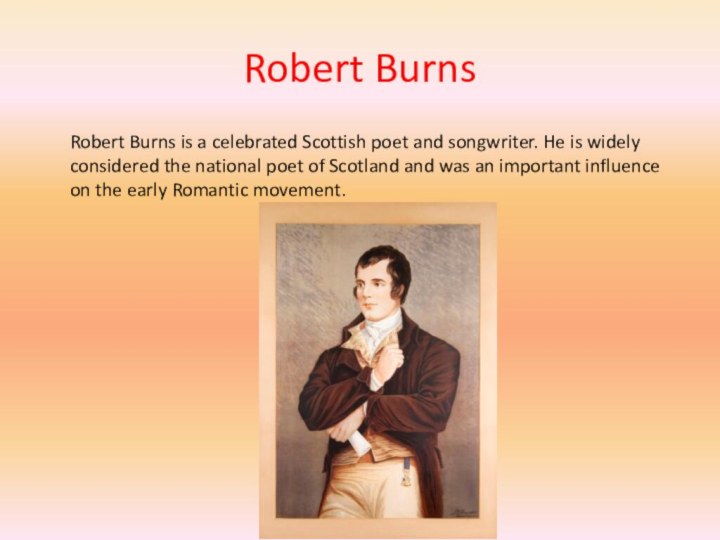

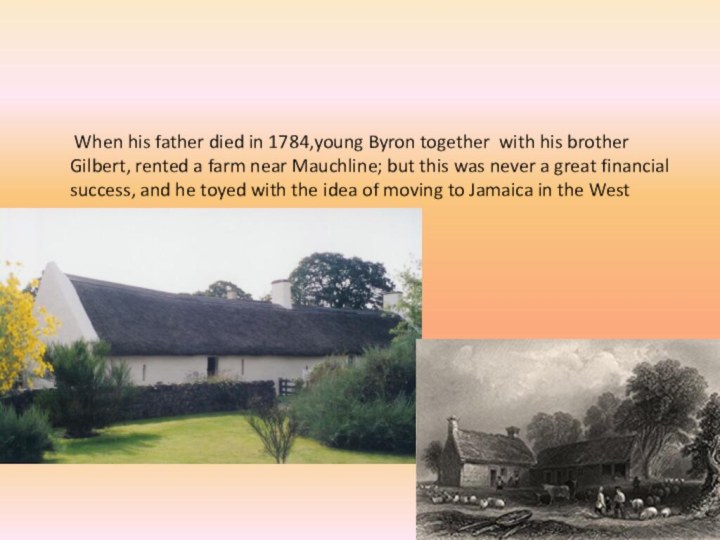
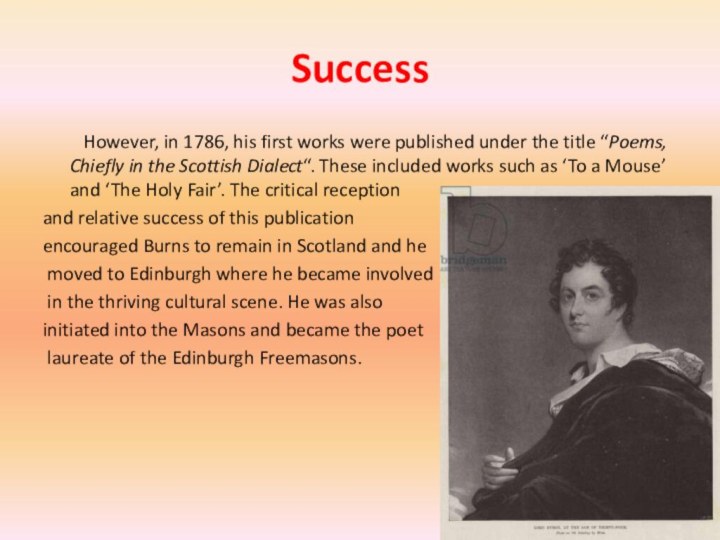
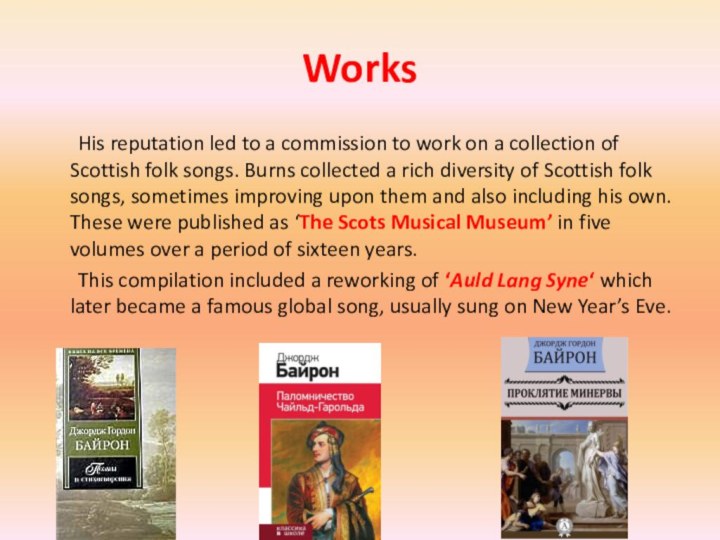
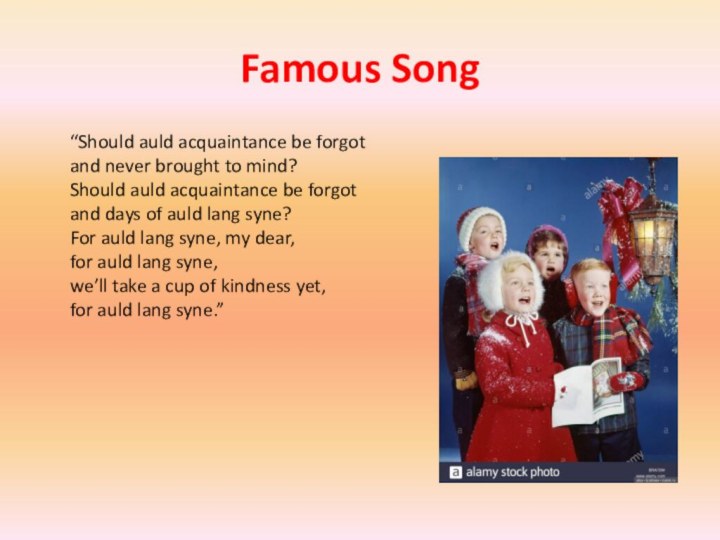

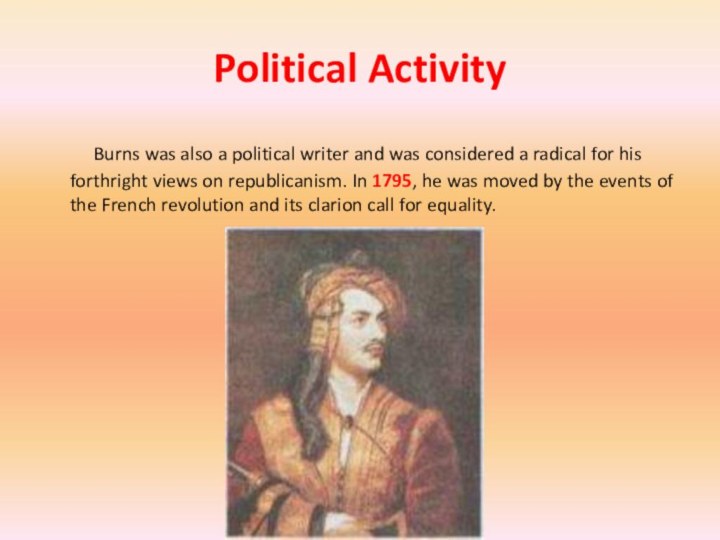
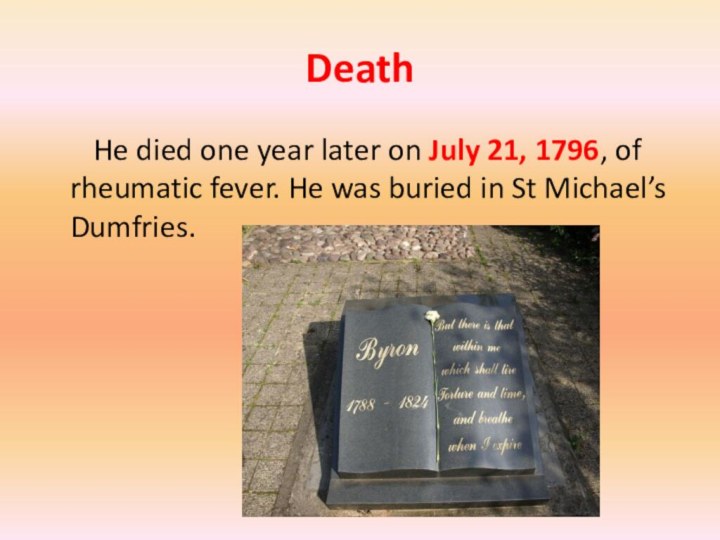
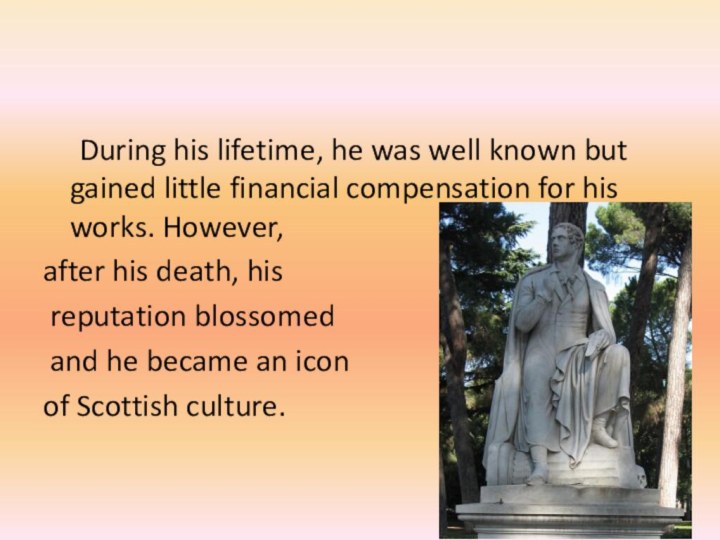

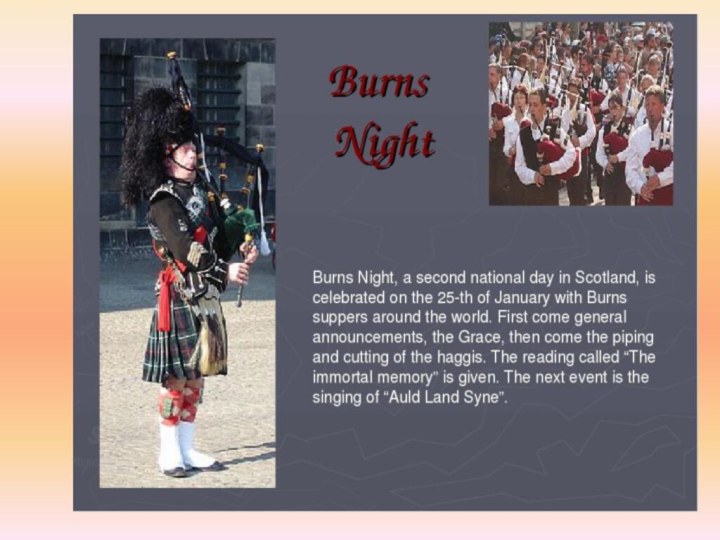
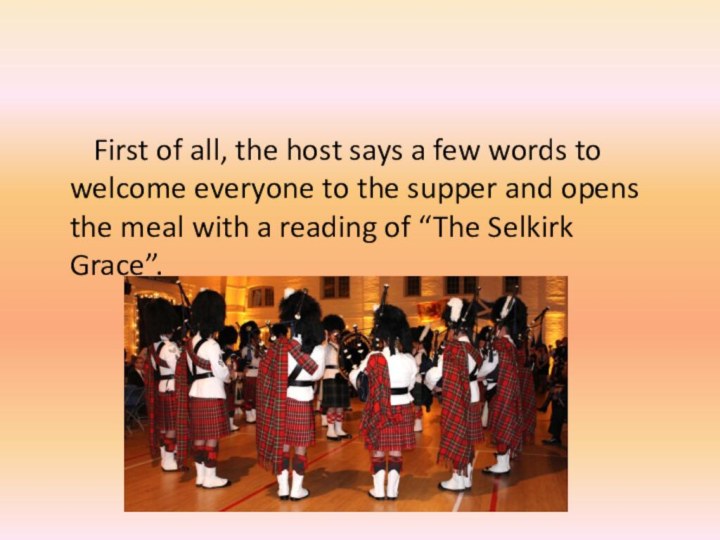




Слайд 3 Robert Burns was born at
Alloway, near Ayr, on January 25, 1759. Robert was
educated briefly in Alloway before going to Ayr. However, whilst studying his family were beset by financialconcerns and Burns was forced to work as a farm
labourer. Burns had to work at a variety of labouring
jobs, but, in his spare time, began to compose
poetry and songs.
Слайд 4 When his father died
in 1784,young Byron together with his brother Gilbert, rented
a farm near Mauchline; but this was never a great financial success, and he toyed with the idea of moving to Jamaica in the West Indies.
Слайд 5
Success
However, in 1786,
his first works were published under the title “Poems,
Chiefly in the Scottish Dialect“. These included works such as ‘To a Mouse’ and ‘The Holy Fair’. The critical receptionand relative success of this publication
encouraged Burns to remain in Scotland and he
moved to Edinburgh where he became involved
in the thriving cultural scene. He was also
initiated into the Masons and became the poet
laureate of the Edinburgh Freemasons.
Слайд 6
Works
His reputation led to
a commission to work on a collection of Scottish
folk songs. Burns collected a rich diversity of Scottish folk songs, sometimes improving upon them and also including his own. These were published as ‘The Scots Musical Museum’ in five volumes over a period of sixteen years.This compilation included a reworking of ‘Auld Lang Syne‘ which later became a famous global song, usually sung on New Year’s Eve.
Слайд 7
Famous Song
“Should auld acquaintance be
forgot and never brought to mind? Should auld acquaintance be forgot and
days of auld lang syne? For auld lang syne, my dear, for auld lang syne, we’ll take a cup of kindness yet, for auld lang syne.”
Слайд 8
Family Life
In 1788, Burns married
Jean Armour and together they had nine children. However,
he also had a string of affairs and lovers, such as Mary Campbell.
Слайд 9
Political Activity
Burns was also
a political writer and was considered a radical for
his forthright views on republicanism. In 1795, he was moved by the events of the French revolution and its clarion call for equality.
Слайд 10
Death
He died one year
later on July 21, 1796, of rheumatic fever. He
was buried in St Michael’s Dumfries.Слайд 11 During his lifetime, he was
well known but gained little financial compensation for his
works. However,after his death, his
reputation blossomed
and he became an icon
of Scottish culture.

